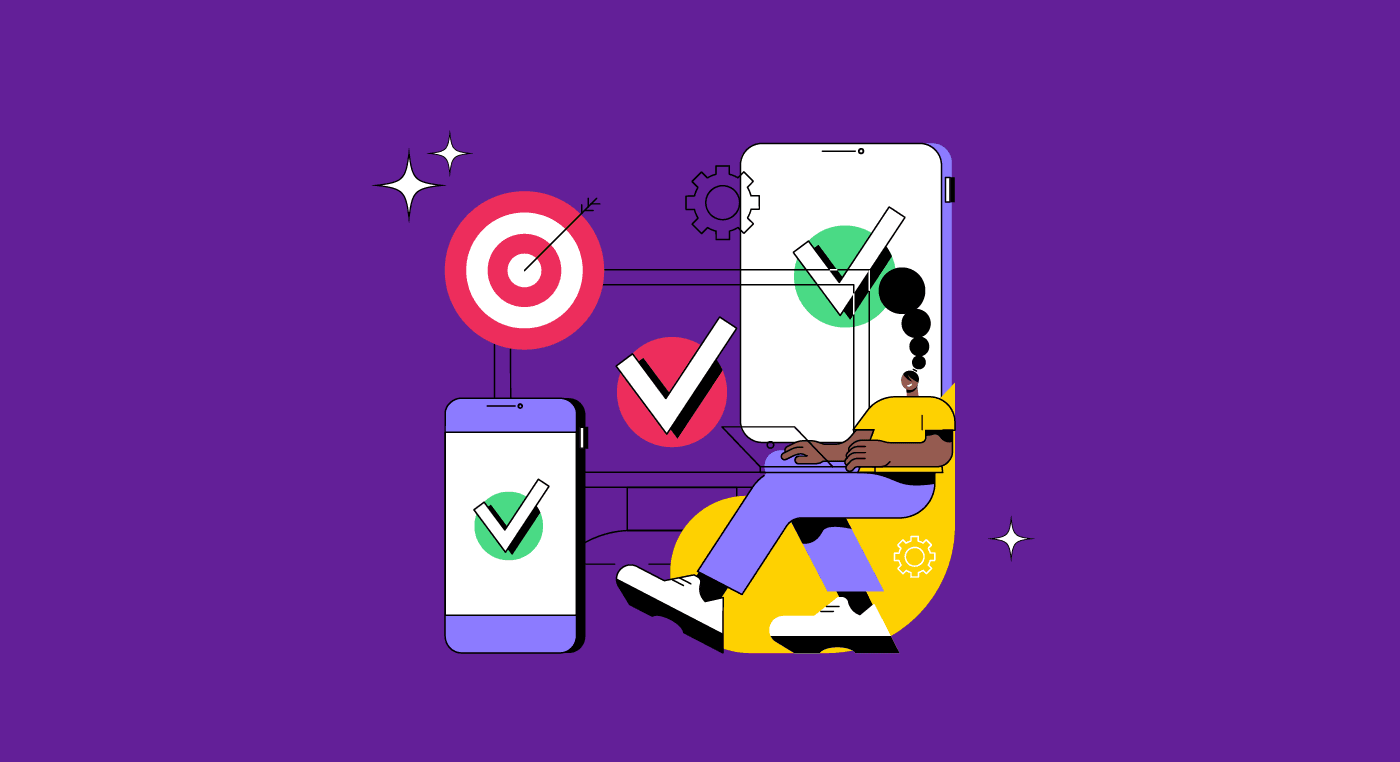Storytelling is something natural for people. Everything that happens in your life can become a story—changing schools, getting through college, first love, marriage, or a dream trip.
But what people may not know is that the art of telling stories is also important in the business world. For example, to improve your portfolio, pitch an idea, and even stand out in interviews.
This article will discuss Storytelling and how you can use this technique in your UX Design portfolio!
What is Storytelling?
Telling a story may seem simple, but the truth is that there is a specific science behind a well-told tale.
Aristotle is one of the greatest references we find when the subject is narrative. He analyzed the reasons behind a well-composed story and concluded that within a good narrative, there is a powerful identification with the characters. And from this identification, it becomes possible to carry messages and even impact changes and behaviors in the audience.
We can say that Storytelling is the practice of telling stories in a compelling way so that the audience feels the emotions together with the characters and that it conveys a relevant and remarkable message to them.
Storytelling takes the reader or viewer on a journey; there is an identification with the characters and the conflicts, which stimulates empathy and emotion. These emotions are indispensable to make the message "stick" in the public's memory.
The ability to enchant the audience is what makes Storytelling a great tool to capture attention and engage with the public. Especially now, when there is so much information around us. If we want a particular content to be noticed, we must work on how well we tell our stories.

Storytelling in UX Design
Storytelling is used in many areas besides literature and creative writing. For example, it is widely used in Marketing campaigns to humanize brands and inspire consumers to take action.
And of course, this tool is perfectly applicable to UX Design. But what is Storytelling in UX?
Basically, UX Design will tell about a set of events from the user's perspective. And these events will show the evolution of that user's experience.
Key Storytelling elements in UX
Like in creative writing, Storytelling in UX Design has some essential components to structure your stories.
While in a common narrative, you work with characters, environment, crisis, and a turning point, in UX, you can relate these components to:
- User;
- Context;
- A need or a problem;
- Solution.
When treating the user as a part of a story, they must be inserted in a context in which their needs are identified. And in this story, the Product Designer's role is to identify the problem and solve this need.

Reading tip: Product Manager: Business, Technology, and User Experience
Storytelling to enhance your portfolio
A Product Designer must have a well-designed portfolio, but more than that, you need to know how to tell the story behind it.
This way, you can stand out among so many other portfolios so that later, in the interview phase, you can captivate recruiters working on how you present yourself and your projects by engaging your audience.
Your portfolio should not only include projects and the final solutions for each. A good portfolio needs to represent and present who you are.
It is important to build a narrative that allows recruiters to see your line of thought through your projects, presenting your interests, challenges, evolutions, changes, etc.
In this sense, applying Storytelling to your portfolio will make the interviewers pay attention to your trajectory and your evolution as a professional.
How to use Storytelling in your portfolio
1) Determine your identity
You can be an entry-level designer with a few projects or a senior designer with so many projects that you must choose the best ones to compose your portfolio. But the number doesn't matter. The crucial aspect is not how many projects you've made but whether they reflect your identity.
So, choose those that demonstrate your characteristics and the evolution of your design process.
Think about which projects best tell your professional story. The point is not to focus on each project separately but on what your entire portfolio has to say about your professional trajectory with all projects combined. And how this helped shape your identity as a product designer.
2) Don't worry about a chronological order
To compose your portfolio, you don't necessarily need to establish a linear, chronological order. Instead, move through your projects in a way that you can build a story.
For example, the learnings from one project can always be referenced in future (or past) work. Don't think of each project as an individual cell; each piece can serve to tell how it influenced your other projects.
Even if, in the past, building a specific case, you didn't have the knowledge you have now, take the time to search how learnings from other projects have impacted you. This will surely improve your portfolio and your story.

3) Don't forget to add a conflict
A good story needs conflict to create empathy and identification. List and explain the difficulties encountered, the unexpected situations, and the events that were crucial to creating efficient solutions.
4) Emotions

Storytelling needs to convey emotions to the audience. And showing your feelings is essential to creating empathy.
So tell exactly what you felt when you faced a particular obstacle in a project, the actions you took to solve it, and how it felt after overcoming those challenges.
5) Details are important
Details are crucial to a good story. So don't be in a hurry to tell recruiters about the projects you have worked on.
Providing details will add depth to your projects and engage the audience. Interviews are an excellent opportunity to go beyond what is presented in the portfolio.
Just be careful not to give irrelevant information and make your story uninteresting.
Start using Storytelling whenever you can because this is the only way to evolve in the art of telling stories and stand out as a UX Designer.








